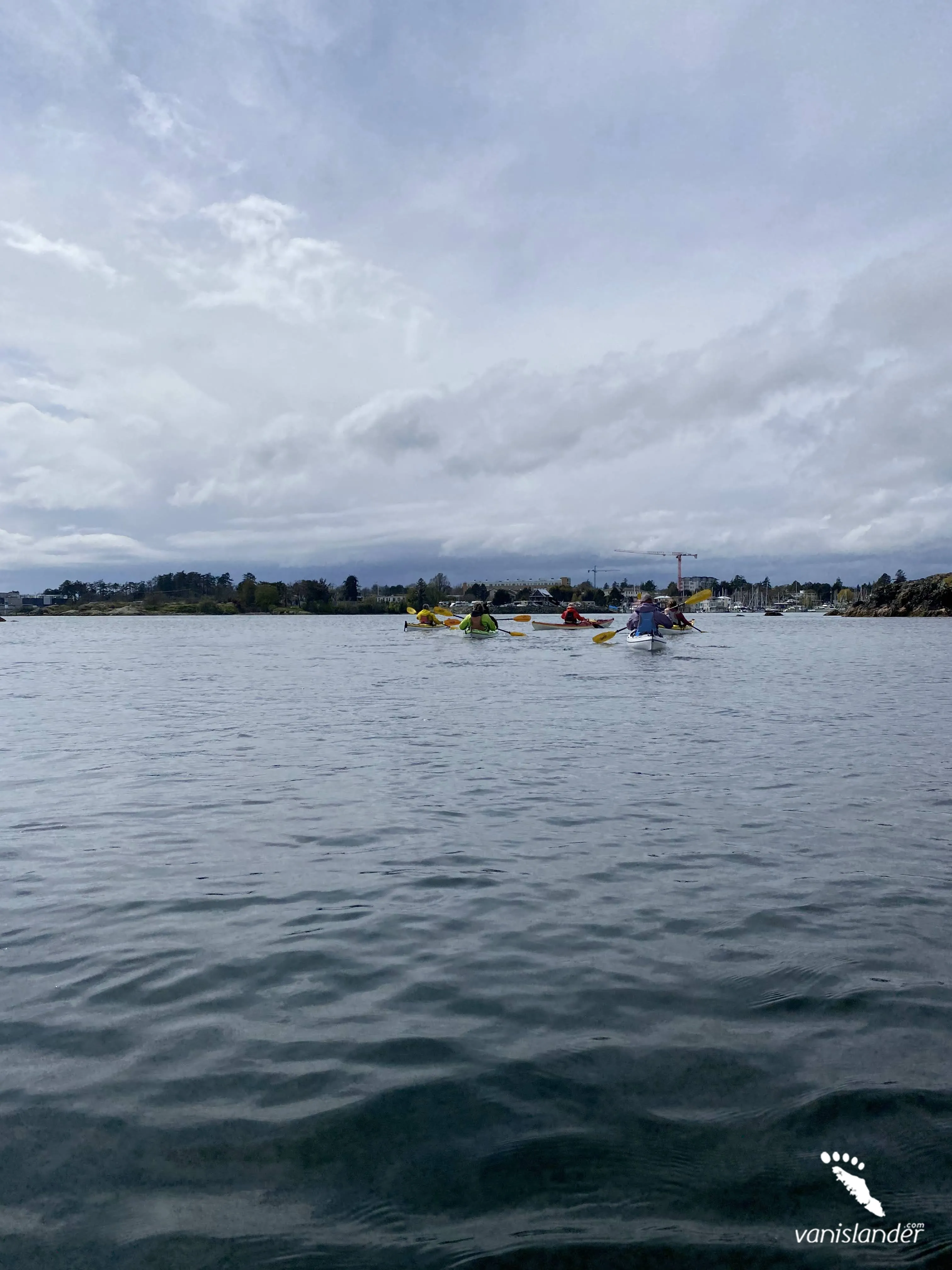
|
Month |
Weather Conditions |
Trail Accessibility |
Considerations |
|---|---|---|---|
|
May
|
Cooler temperatures; moderate rainfall.
|
Kayaking accessible; potential for wind and storms.
|
Fewer kayakers; prepare for variable weather.
|
|
June
|
Mild temperatures; decreasing rainfall.
|
Good kayaking conditions; less wind.
|
Increasing number of kayakers; pleasant weather.
|
|
July
|
Warm temperatures; minimal rainfall.
|
Excellent kayaking conditions; calm waters.
|
Peak season; higher demand for camping spots.
|
|
August
|
Warm temperatures; minimal rainfall.
|
minimal rainfall. Excellent kayaking conditions; calm waters.
|
Peak season; higher demand for camping spots.
|
|
September
|
Cooling temperatures; increasing rainfall.
|
Kayaking still possible; potential for wind and storms.
|
Fewer kayakers; more solitude; prepare for wet conditions.
|